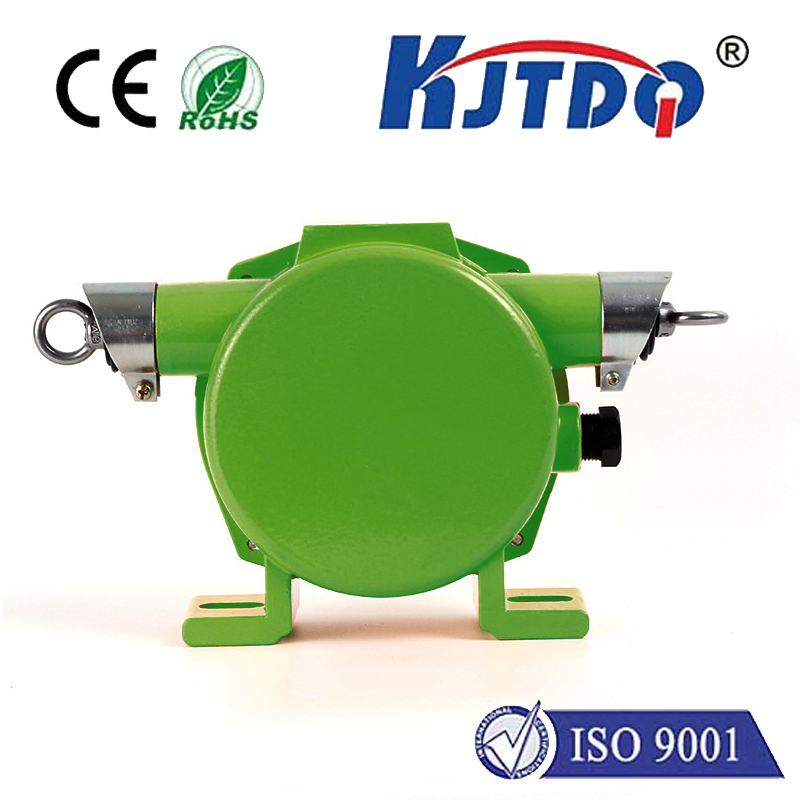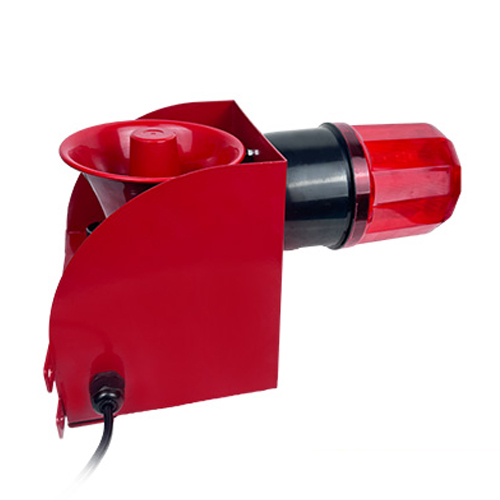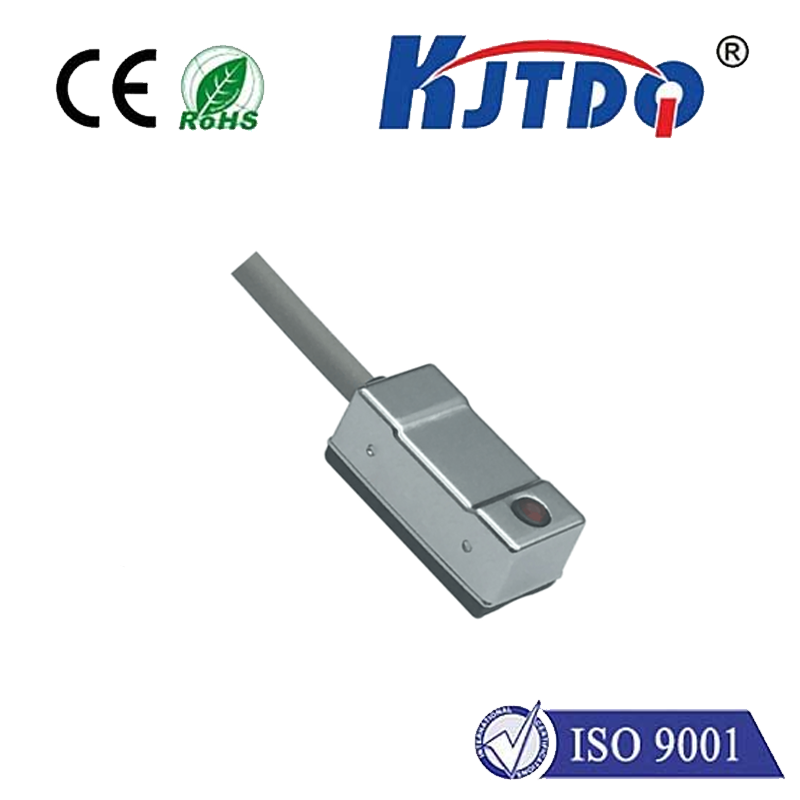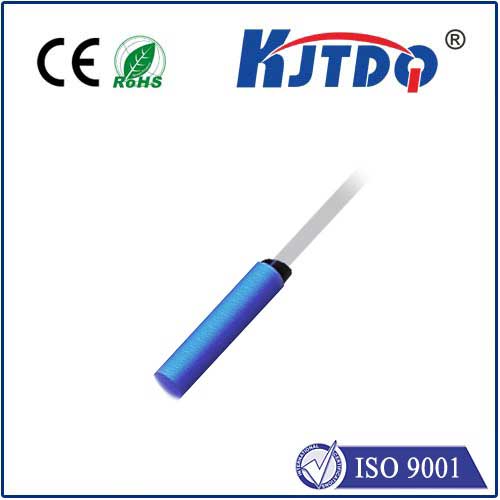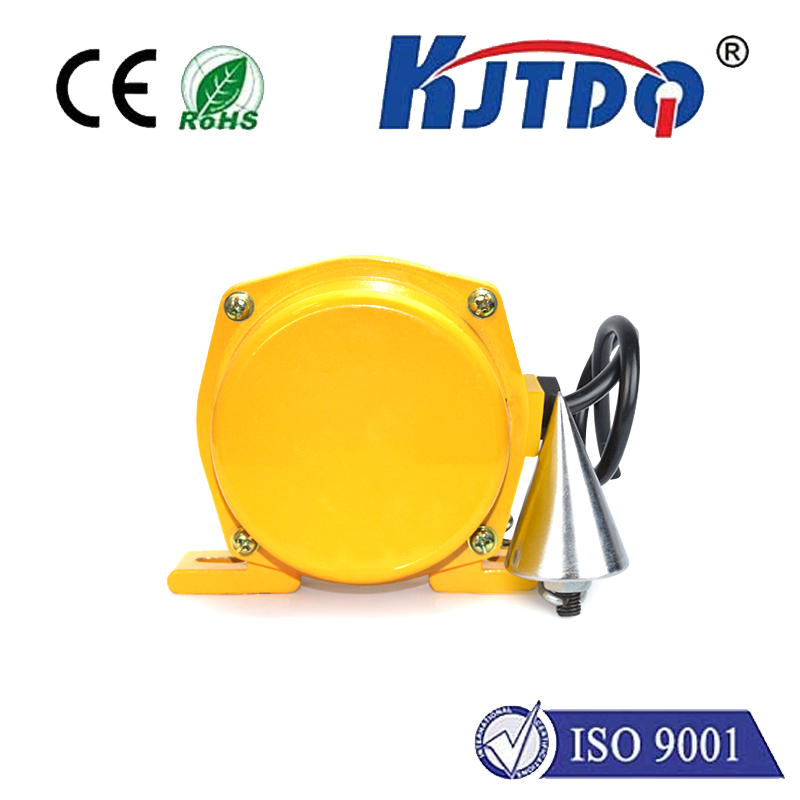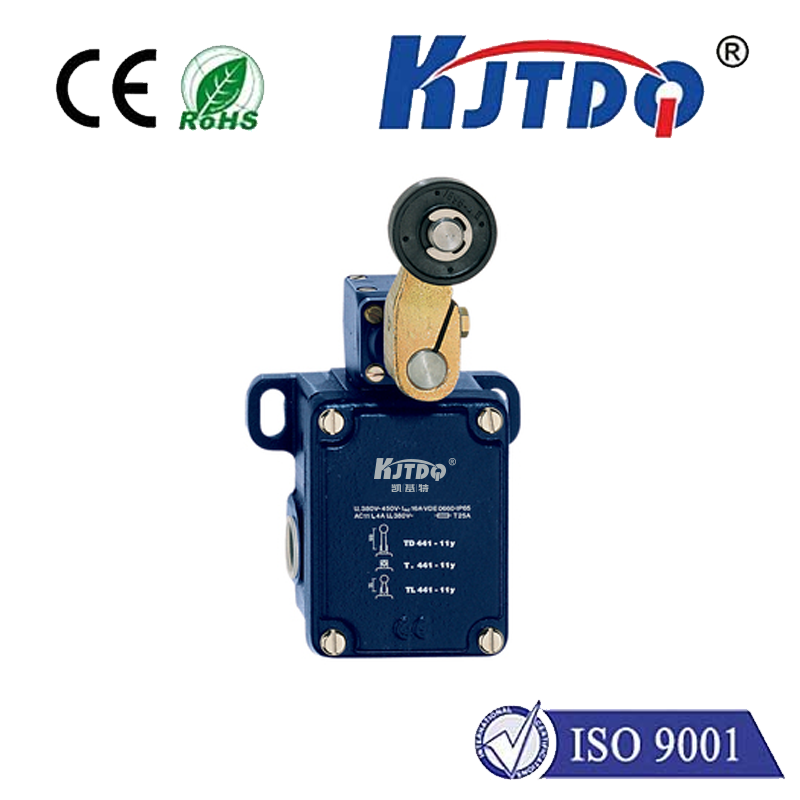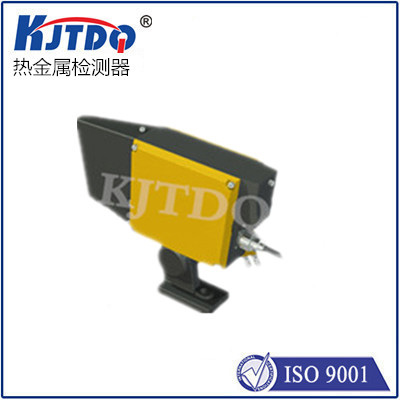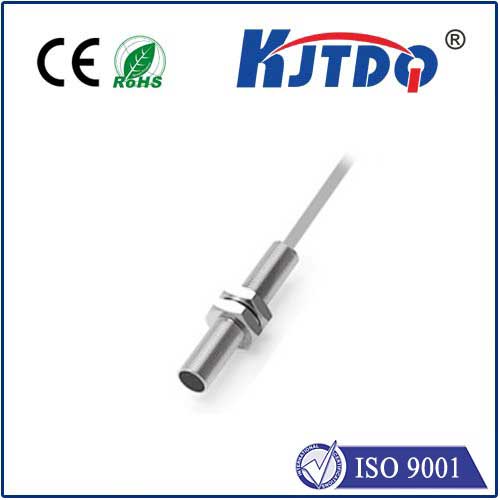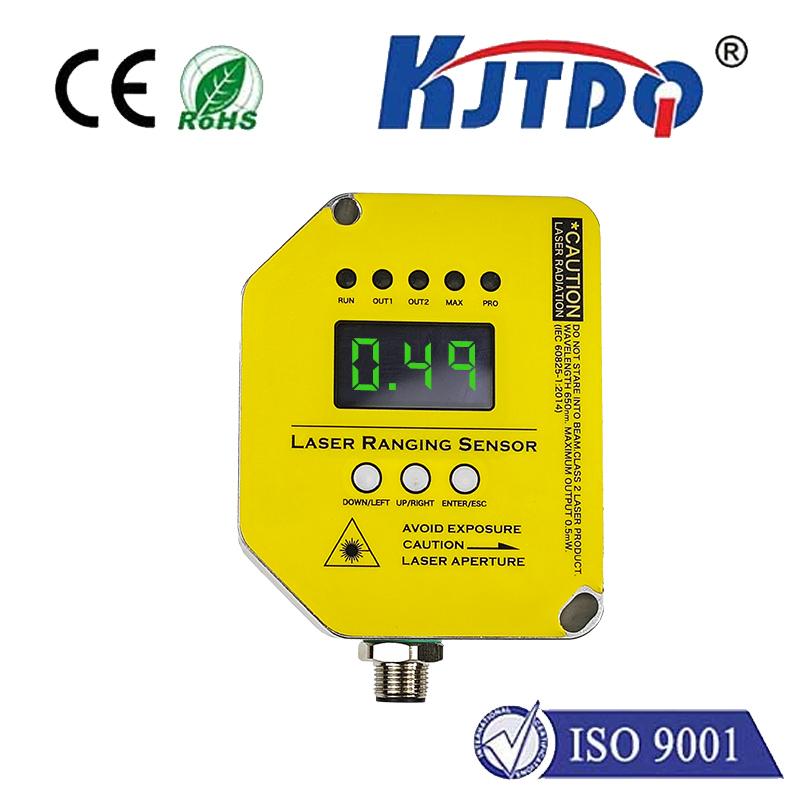

check

check

check

check

check

check

check

check

check

check
In recent years, the demand for wireless charging technology has rapidly grown due to its convenience and versatility. However, one crucial component that plays a vital role in the success of wireless charging systems is the proximity non-polarizing neural network (PNN) sensor. This article will discuss the importance of using PNN sensors in wireless charging and how they enhance the functionality and efficiency of the system.
Introduction to Proximity NPN Sensors and Wireless Charging
Proximity non-polarizing neural network (PNN) sensors are specialized electronic components that are designed to detect the presence and distance of nearby objects. In the context of wireless charging, PNN sensors serve as an essential component that enables the system to determine the accurate position and distance of the charging pad from the device being charged.
The Role of Proximity NPN Sensors in Wireless Charging
The primary function of PNN sensors in wireless charging technology is to measure the distance between the charging pad and the device. When a device comes within range of the charging pad, the sensor triggers a signal to initiate the wireless charging process. By accurately determining the distance between the two devices, PNN sensors ensure that the charging pad delivers power only to the intended area, preventing any accidents or damage to both the device and the charging pad.
Furthermore, PNN sensors play a significant role in optimizing the charging process by adjusting the power output dynamically based on the distance and location of the device. By analyzing the data collected by the sensors, wireless charging systems can determine the optimal power level for each charging session, resulting in faster charging times and increased battery life for the user.
Improving Functionality and Efficiency through Integration of Proximity NPN Sensors
The integration of proximity non-polarizing neural network (PNN) sensors into wireless charging technology has significantly improved its functionality and efficiency. By incorporating advanced algorithms and machine learning techniques, these sensors can learn from user behavior and adapt their behavior accordingly, providing a personalized experience for each user.
Moreover, PNN sensors help to reduce energy consumption by optimizing the power output based on the distance and location of the device. This not only reduces waste but also extends the life of both the charging pad and the devices being charged. Additionally, PNN sensors can detect if a device is properly positioned on the charging pad, preventing any accidental discharge or overcharging.
Conclusion
Proximity non-polarizing neural network (PNN) sensors play a crucial role in enhancing the functionality and efficiency of wireless charging systems. By accurately detecting the distance and position of devices, these sensors ensure safe and efficient charging while also optimizing power output for each unique user. As wireless charging technology continues to evolve, it is likely that further advancements will be made in integrating PNN sensors to provide an even more convenient and sustainable charging experience.

